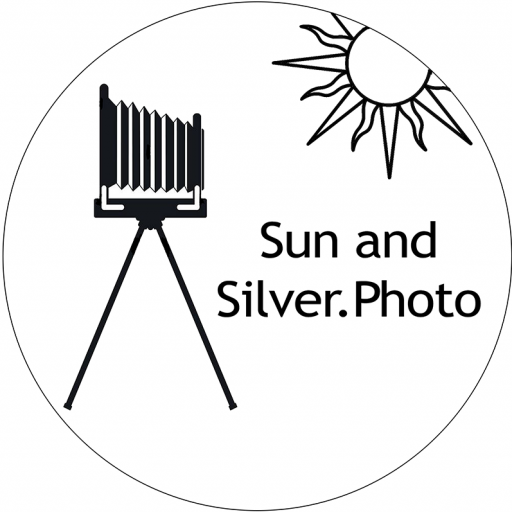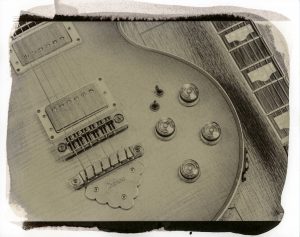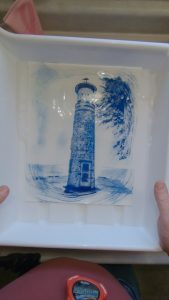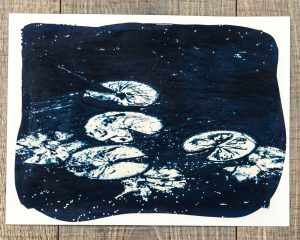One of the most difficult aspects of 19th century photography is how changing light impacts wet plate collodion. The light sensitive silver in a wet plate “sees” light much differently than our eyes. Yellow and blue become white and shades of orange become black. Tattoos can completely disappear and eye glasses can look like sun glasses in the portrait.
More modern cameras come equipped with sophisticated light meters. The light in the scene is measured when you take the photograph and the camera will adjust the exposure to get it right every time. But there is no exposure meter that reliably works with wet plate collodion. Why? The simple answer is there are not enough wet plate photographers around to justify the development costs for a meter. Another way to think about it is wet plate photographers don’t make enough money to afford how much a reliable meter would cost!
So how does a wet plate photographer adjust for the impacts of changing light? Experiment, experience and luck!
The first image is always an experiment. A plate is prepared and you just guess at the camera settings. After the first plate, you make an adjustment and maybe get it right. Sometimes a step plate is made first – where the dark slide is moved every 1 or 2 seconds to give a range of exposures. So for example, you end up with a plate with 2, 4, 6, 8 and 10 seconds of exposure in strips. After development you select the best exposure time (assuming your timing range bracketed the best time). This plate is an example of “luck”. Foggy day with the sun starting to break through. I took this at 6 seconds exposure and aperture f/4.5. Overexposed! But not too bad.
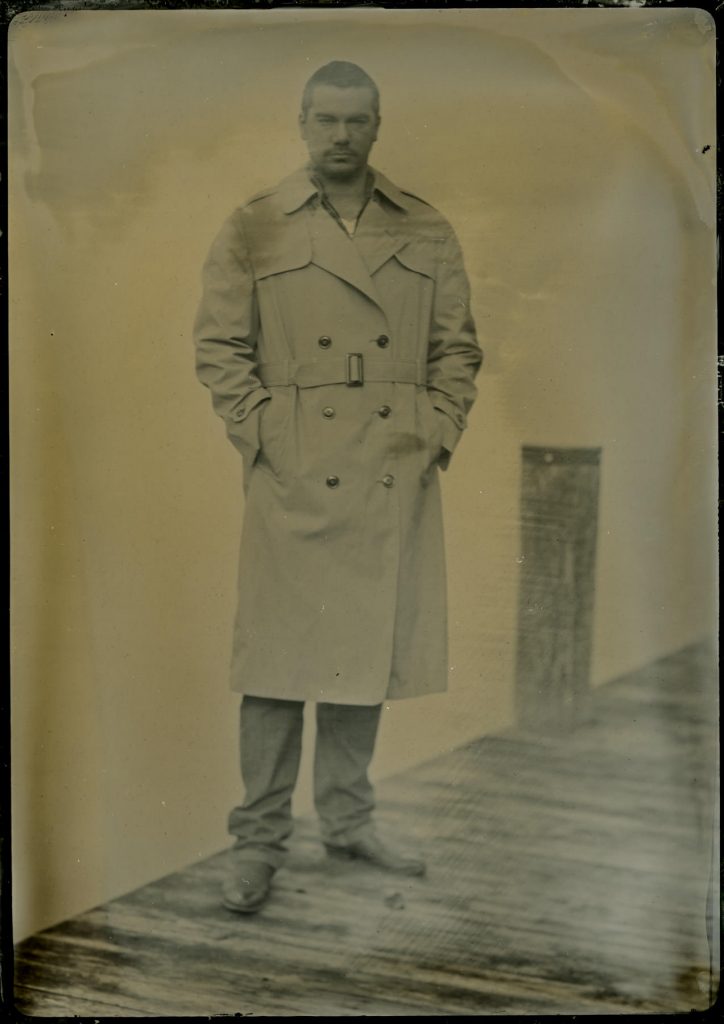
Experience comes after days where the changing light has really bad impacts on wet plate collodion! I have had days where 7 or 8 plates fail before getting even a close image. Remember, it takes 15 or 20 minutes to make each plate so it could take hours to find the right formula. Learning is painful but leads to quicker guesses in the future. So my experience told me the first plate was overexposed by a lot so I closed the camera aperture to f/8 (one quarter the light of f/4.5) This image was still overexposed – but much better!
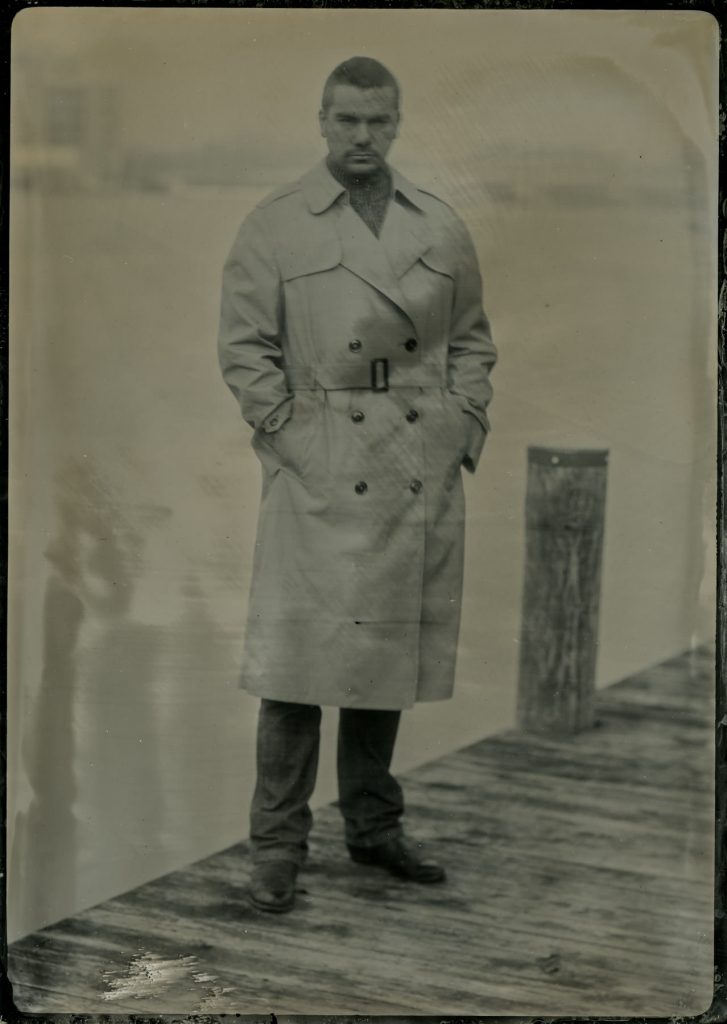
The last factor (at least for me) is luck! Luck does favor the prepared, they say, but for me luck is still a random thing! The fog lifted and the sun came out for the next image! So I stuck with f/8 and dropped to 3 seconds exposure – and the plate came out so nice! Just pure dumb luck
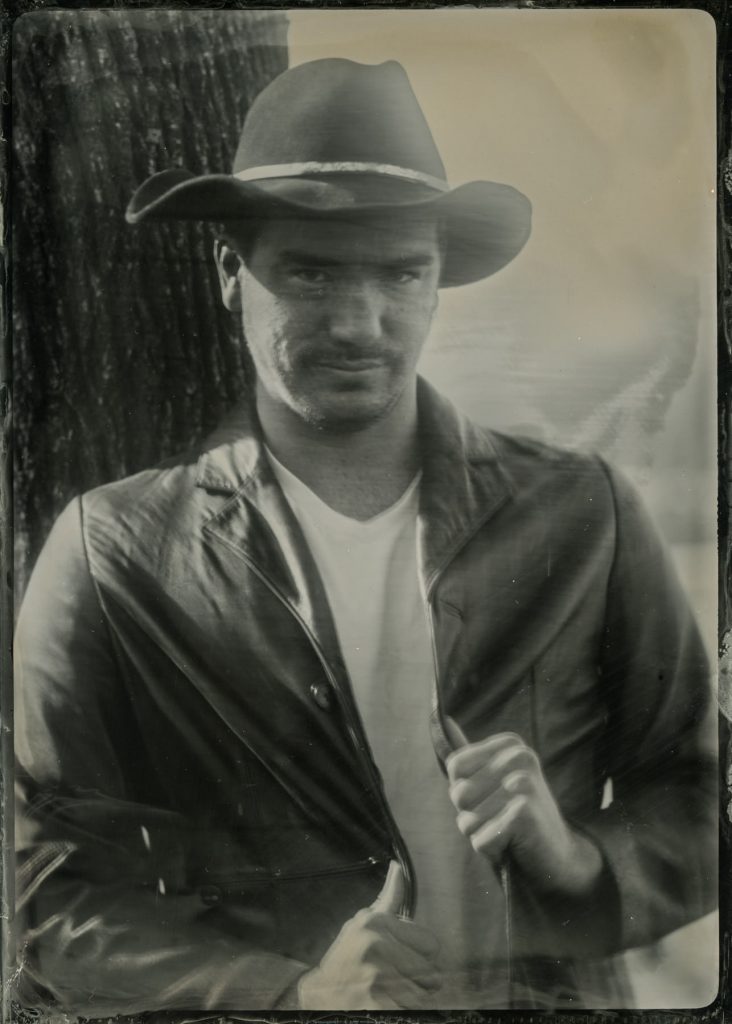
Ready for your portrait? Contact Me to find out more and book a session!
Back to The Blog
